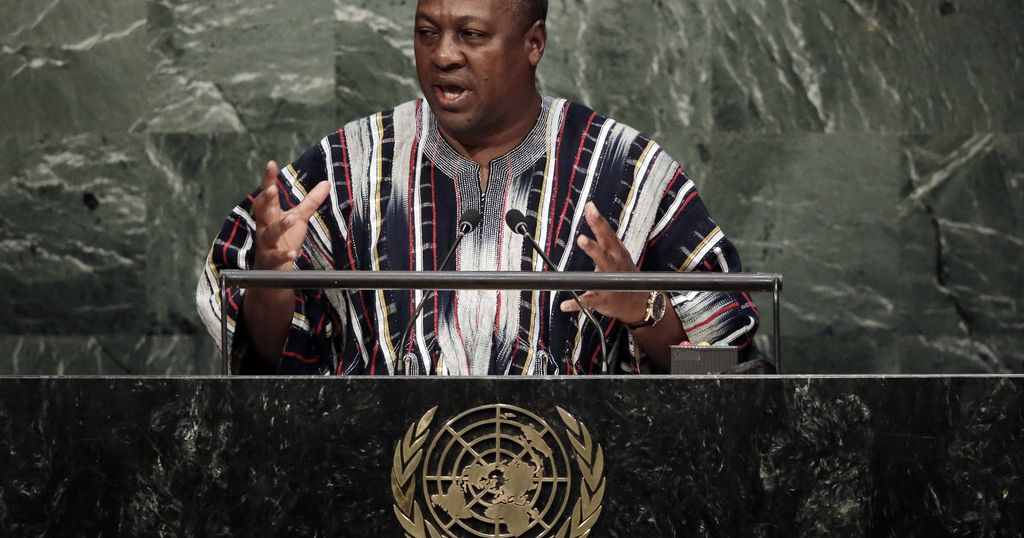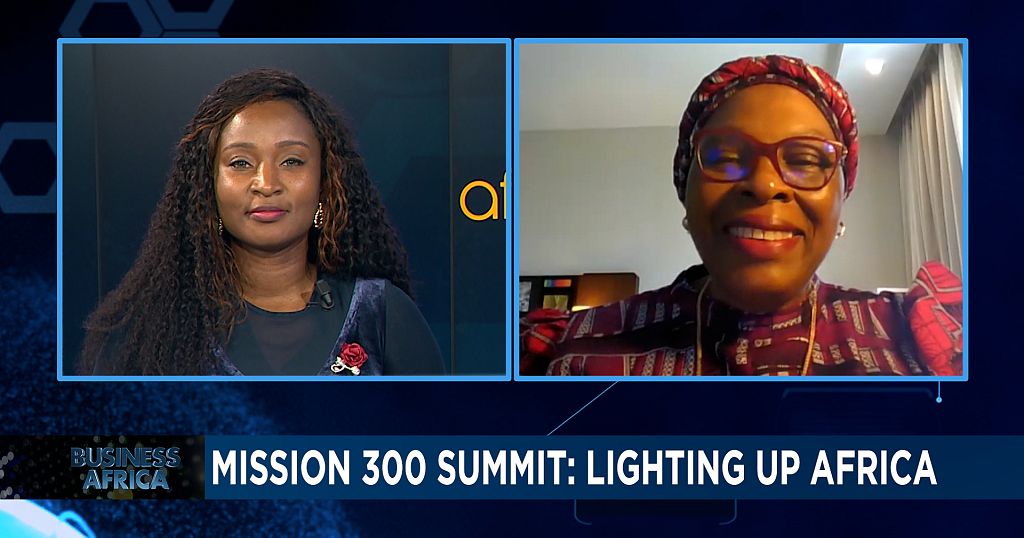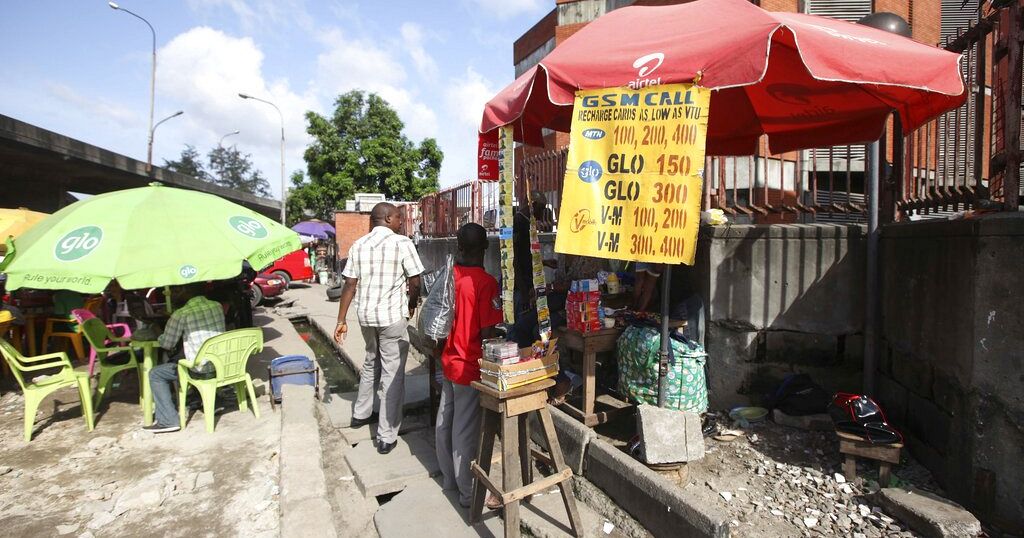In 2015 the WWF, the international conservation organisation, together with the University of Queensland and the Boston Consulting Group, released a report titled “Reviving the Ocean Economy: The Case for Action – 2015”, which estimated that the key ocean assets were valued at $24trn.
According to the Pew Charitable Trust, the ocean generates economic benefits worth $2.5trn annually. “If the ocean were its own national economy, it would be the seventh largest in the world.” says Tom Dillon, Vice-President in charge of international environment at Pew Charitable Trusts.
The International Union for the Conservation of Nature (IUCN) notes that some 13 of the world’s 20 megacities lie along coasts and nearly 700m people live less than ten metres above sea level.
Of interest is the place of Africa in the Blue Economy. While the continent has been a strong advocate for the adoption of this economic model, it is curious that Africa scores low on all facets of the oceanic business and is severely lacking in attendant services that are essential for its success.
The UN’s Economic Commission for Africa (UNECA), based in Addis Ababa, notes in its Africa’s Blue Economy: A Policy Handbook, that African coastal and island states enjoy jurisdiction over a maritime zone totalling 13m sq km counting territorial seas and 6.5m sq km of the continental shelf. Even with such expansive resource-rich endowments, Africa lags behind, struggling to compete.
African security overstretched
In terms of security, most African navies and coastguards are overstretched. Limitations of human resources and equipment hamper their potential to exercise their mandates in securing safer maritime lanes, assuring tourism, clamping down on fish crime, curbing piracy, disrupting illegal drugs and human trafficking in the seas.
Decades of underinvestment in the maritime sector, as shown through statistics in tourism, maritime transport, energy, port facilities, fisheries, deep-sea mining, conservation and even security, leaves the continent playing catch-up.
“If we are to truly unlock Africa’s potentials, we must acknowledge that despite the successes, Africa is still facing numerous challenges in developing the Blue Economy agenda,” says Vincent Meriton, the Seychelles’ Vice President. “These range from financial barriers to limited access to technology, and they are preventing some states from fully implementing their plans.”
According to One Earth Future, a maritime security think-tank that produces the annual State of Maritime Piracy report, the Gulf of Guinea that defines much of West Africa’s coast is now the most dangerous in the world due to piracy.
In 2018 alone, 112 pirate attacks targeting oil and gas tankers, fishing vessels and bulk carriers were reported. Piracy for ransom in the form of hijacking and kidnapping is now a common feature on the coasts of Benin, Ghana, Nigeria, Cameroon and Congo-Brazzaville.
The increased cases of piracy attacks in the Gulf of Guinea overshadows the previous hotspots of the Straits of Malacca and the Horn of Africa, where concerted multinational action by combined navies has reduced pirates’ activities.
“If we think of the blue economy as a whole it all looks rather daunting, but if we separate it into its various parts it becomes more manageable. This I believe is the way forward,” explains the former Seychelles President James Michel, who led the diplomatic campaign to popularise the Blue Economy concept.
“My belief is that the true potential of the Blue Economy will only be realised when its various sectors are separately examined. Thus the likes of shipping, fishing and aquaculture, tourism, sea floor mining, renewable energy, biodiversity and biotechnology, waste management and measures to tackle climate change will all come under the microscope.”
Mining the depths
“In the depths of the ocean, there are mines of zinc, iron, silver and gold that would be quite easy to exploit,” says Captain Nemo, the hero of French writer Jules Verne’s evergreen classic, 20000 Leagues Under the Sea, as his submersible – aptly named Nautilus – forays into the deep sea to scour the ocean floor.
This year marks 150 years since the book was published and the oceans are now almost open for extractive-sector business.
As of 2020, the Kingston, Jamaica- based International Seabed Authority (ISA), which administers and regulates the deep sea bed, has entered into 15-year deals with 21 contractors exploring for polymetallic nodules, cobalt-rich ferromanganese crusts and polymetallic sulphides in the deep sea.
“The most studied area of commercial interest is the Clarion-Clipperton Zone in the eastern Pacific, at water depths between 3,500 and 5,500 metres. This single deposit contains more nickel, manganese and cobalt than all terrestrial resources combined,” says Michael Lodge the secretary-general of ISA.
Of these 21 contracts, 18 are for exploring polymetallic nodules in the Clario-Clipperton zone near Hawaii Central Indian Ocean Basin and the Western Pacific Ocean.
Five exploration contracts are for cobalt-rich crusts in the Western Pacific Ocean and seven are for exploration of polymetallic sulphides in the South
West Indian Ocean Ridge, Central Indian Ocean Ridge and the Mid-Atlantic Ridge.
The 21 contractors include Kiribati, India, Nauru, Poland, Japan, China Minerals Corporation, South Korea, Institut français de recherche pour l’exploitation de la mer, Tonga, Cook Islands and the China Ocean Mineral Resources Research and Development Association (COMRA).
These are alongside the Interoceanmetal Joint Organisation (IOM) which is an intergovernmental consortium comprised of Bulgaria, Cuba, the Czech Republic, Poland, the Russian Federation and Slovakia. Other firms are drawn from the UK, Brazil, the US and Germany.
Papua New Guinea, Namibia and a joint venture between Sudan and Saudi Arabia has seen Nautilus, DeBeers and Diamond Fields International getting deep-sea exploitation licences in the exclusive economic zones of these respective countries.
Given the complexity of deep-sea mining and the sensitivity of ecosystems, environmental defence groups have raised fears of pollution when active mining begins.
While the ISA has sought to calm these fears, it has found itself on the receiving end of criticism that it is “more concerned with exploitation than conservation”.
It is significant to note that of the 21 contractors exploring the deep sea, none are from Africa. On the continent, much of the attention is on hydrocarbons, as Africa happens to be a net exporter; however, firms from outside the continent also dominate investments in this sector.
According to the International Energy Agency, (IEA), Africa accounts for 8% of global gas exports and 10% of global oil exports.
Furthermore, Africa scores poorly in the uptake of tidal energy as compared to Europe, US, China, Australia, Canada and parts of Asia, where this form of renewable energy is yet to be fully harnessed.
The major currents within the African continent, notably Azores, Canary, Benguela, Agulhas, South Equatorial, Guinea, Mascarene and even the East African coastal currents, are yet to be tapped and utilised for the continent’s clean tidal energy.



![The Okwelians: Unlocking New Economic Paths for Cameroon [Business Africa]](https://static.euronews.com/articles/stories/09/12/73/92/1024x538_cmsv2_85da6520-a13b-50c2-b20b-6172b1388b3a-9127392.jpg)

